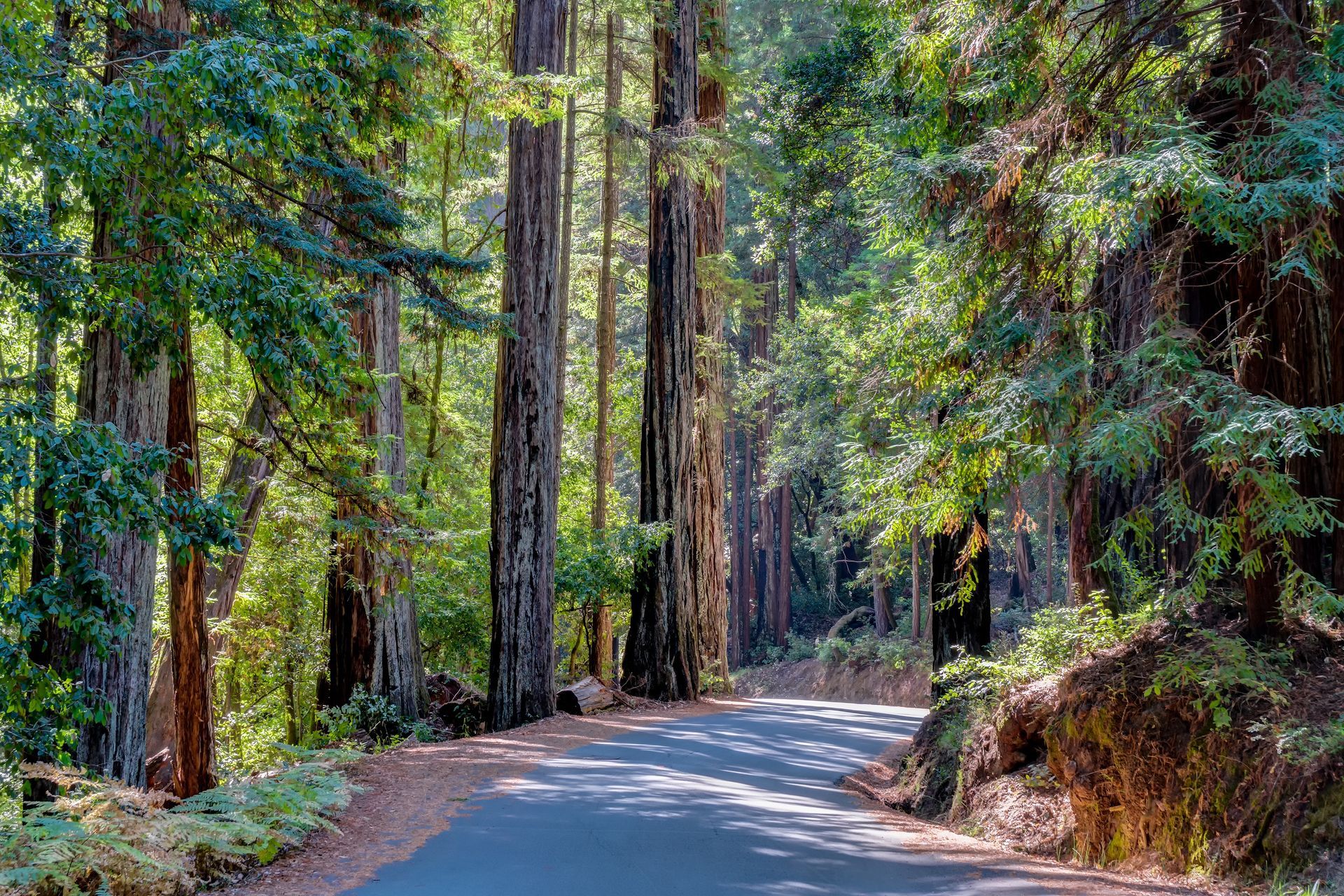Early Origins of Saratoga:
Saratoga, California, traces its beginnings back to the mid-1800s, when settlers were drawn to the fertile Santa Clara Valley. Originally known as McCartysville, the town grew around a sawmill built by William Campbell in 1847. The mill provided lumber to support the rapid growth of nearby San Francisco during the Gold Rush. Later, the community became known as “Saratoga” after the mineral springs in the area, reminiscent of the famous Saratoga Springs in New York.
The region quickly developed into a hub for agriculture, with vineyards, orchards, and farms dominating the landscape. The Mediterranean climate made Saratoga a perfect place for wine production, and by the late 19th century, the town was gaining a reputation for high-quality vineyards and wineries.
Historical Milestones:
- 1847 – William Campbell builds the first sawmill in the area, marking the founding of Saratoga.
- 1860s – The town becomes a key wine-producing region, thanks to settlers who planted European grape varieties.
- 1890s – The area gains recognition for its mineral springs and tourism appeal, bringing visitors from across California.
- 1956 – Saratoga officially incorporates as a city, protecting its semi-rural charm even as Silicon Valley began to grow around it.
- Late 20th Century – The community transforms into one of Silicon Valley’s most sought-after residential cities, blending natural beauty with proximity to technology hubs.
Fun & Unique Facts About Saratoga:
- Winemaking Legacy: Saratoga was one of California’s earliest wine-producing regions, with wineries established long before Napa Valley rose to fame.
- Hakone Gardens: Home to one of the oldest Japanese gardens in the Western Hemisphere, established in 1915, Hakone remains a cultural treasure today.
- Arts & Music: The Mountain Winery, originally founded by winemaker Paul Masson, is now a world-class concert venue that draws big-name performers.
- Charming Downtown: Saratoga Village still retains its small-town feel, with boutique shops, historic buildings, and gourmet dining.
- Preservation Efforts: Unlike many neighboring cities that urbanized quickly, Saratoga has consistently prioritized low-density development, helping preserve its natural beauty.
Saratoga & Real Estate: History Meets Modern Demand.
Saratoga’s long history of winemaking, natural beauty, and cultural preservation has created one of the most prestigious real estate markets in Silicon Valley. Known for its large estates, excellent schools, and semi-rural atmosphere, Saratoga attracts buyers who want both luxury and tranquility — while still being close to major tech employers.
For sellers, Saratoga’s historical reputation as a place of refinement and culture adds to property value. For buyers, owning a home here means more than just a real estate investment — it’s becoming part of a community with deep roots and a commitment to preserving its identity.
Why Saratoga History Matters in Real Estate:
Understanding Saratoga’s past helps explain its present-day desirability. The city’s early identity as a cultural and agricultural hub still resonates in its vineyards, gardens, and community pride. This rich heritage makes Saratoga more than just a place to live — it’s a city where history and modern luxury meet.


